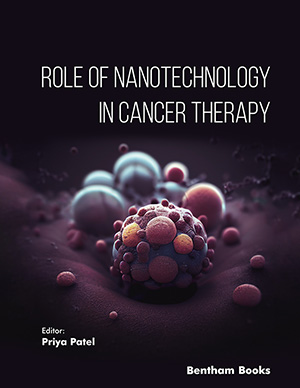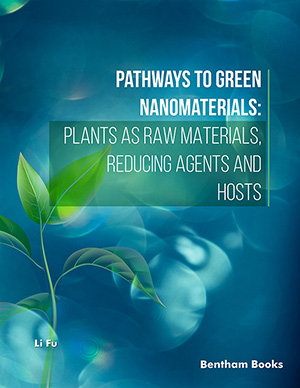Abstract
Background: Tumor tissues possess many unique features, including leaky vasculature and altered enzyme expression. An emerging field in anticancer drug delivery is to design enzyme-responsive nanoparticles, which may enable efficient accumulation in tumor tissues via the EPR effect and on demand release of the drug in response to enzymes. Many strategies were proposed to promote the development of efficient enzyme-responsive nanoparticles.
Methods: In this review, we highlighted nanoparticle systems that can unload their cargo in response to a specific enzymatic stimulus, especially tumor-associated enzymes that have been harnessed in drug delivery. Current challenges and future directions were proposed for the development of better drug delivery systems.
Results: Many challenges remain before a clinically useful formulation can be developed. The biocompatibility and biodegradability of the nanocarriers have to be taken into consideration. The presence and potency of disease related enzymes should be fully understood as enzyme activities may vary dramatically in different diseases, patients, or even at different disease stages. Deliberate explorations should be concerned on the design of enzyme specific linkages and substrates as many enzyme families and subtypes may share similar cleave sites.
Conclusion: Successful drug delivery systems must be able to overcome several physiological barriers and release the drug cargo at the target site. An emerging field to achieve this goal is enzyme responsive nanoparticles, which offer a meaningful way to control drug release purposefully. Great advancement has been made by utilizing a variety of combinations of nanoparticles and enzymes. There are many kinds of enzymes available for enzyme-responsive drug delivery, the key point is to realize enzyme-stimulated degradation of nanocarriers or cleavage of drugs as well as drug release in a controlled manner, even though there are many types of nanocarriers in nanomedicine. By incorporating enzyme labile linkages, liposomes, polymeric nanoparticles, and inorganic particles are all capable of being engineered to release the encapsulated drug on demand, which holds great potential in reducing the exposure to non-diseased tissue, cell, and even subcellular organelles.
Keywords: Anticancer drug delivery, enzymes, nanoparticles, tumor.



























